In the neighbor’s yard where I photographed a Monarch four months ago, a striking flower caught my attention today. Initially, I walked past, then turned about, and stopped for two quick shots—f/2.8 and f/8—choosing the […]


In the neighbor’s yard where I photographed a Monarch four months ago, a striking flower caught my attention today. Initially, I walked past, then turned about, and stopped for two quick shots—f/2.8 and f/8—choosing the […]

As my wife and I walked along Georgia yesterday, two kitties presented from different buildings looking out at birds. I could only get a portrait of the second, somewhere between Howard and either Polk or Lincoln—not sure which. As usual, I used Leica Q2 to capture the Featured Image, at 9:29 a.m. PDT. Vitals, aperture manually set: f/5.6, ISO 100, 1/640 sec, 28mm.
This fine feline earns nickname Carrot for the orange patches—particularly on the head. His (or her) portrait is a compromised crop, for: the poorly-placed palm trees grudgingly used to frame the photo; the management company sign removed by recomposition. Carrot is the series‘ seventy-first cat seen behind door or window.

Last night, approaching El Cajon from Georgia—on my way to shoot The Boulevard sign—I passed by a ginger lounging upon grass. The fluffer came out to visit, during which time I unsuccessfully tried to capture several good portraits; sun set 15 minutes earlier, and I needed more ambient light, or narrower aperture, for less noise and wider depth of field.
Only after the kitty got his fill of pats and returned to the property from whence it came could I get something usable. The angle makes the cat look unflatteringly flabby, when it is furry and fit; big paws reveal a naturally husky boy; hence, the nickname. I manually focused Leica Q2 to take the Featured Image. Vitals, aperture and shutter speed manually set: f/1.7, ISO 6400, 1/250 sec, 28mm; 8:14 p.m. PDT.

Few weeks ago, while walking down El Cajon from Georgia Street in the University Heights neighborhood, I pulled out iPhone XS for a couple dusk shots of The Boulevard sign. They were way too noisy. […]
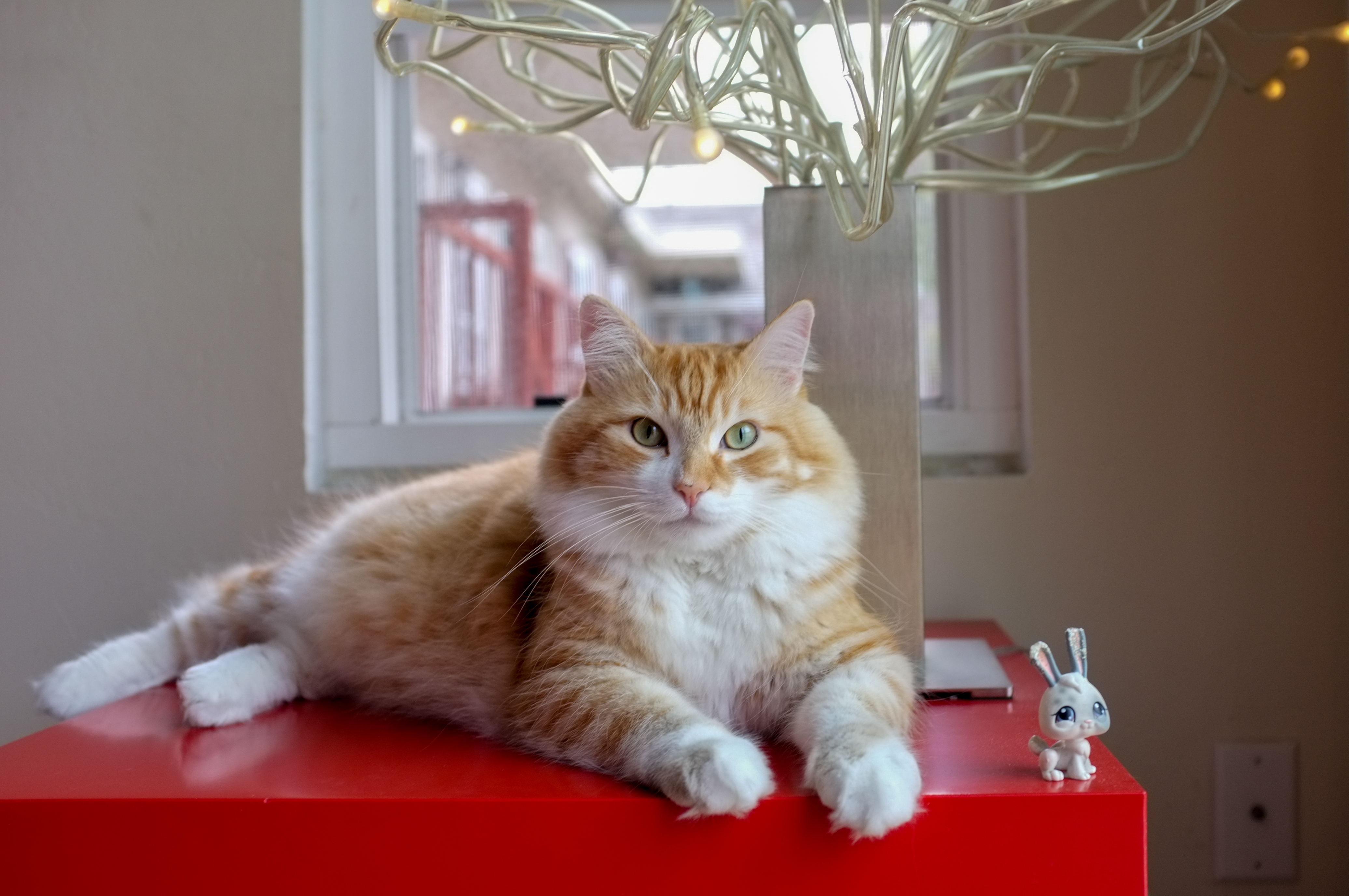
The Wilcox family lived nearly 10 years in our old apartment, located in San Diego’s University Heights neighborhood. Except briefly for one or two bad rain storms, the small window by the front door stayed […]
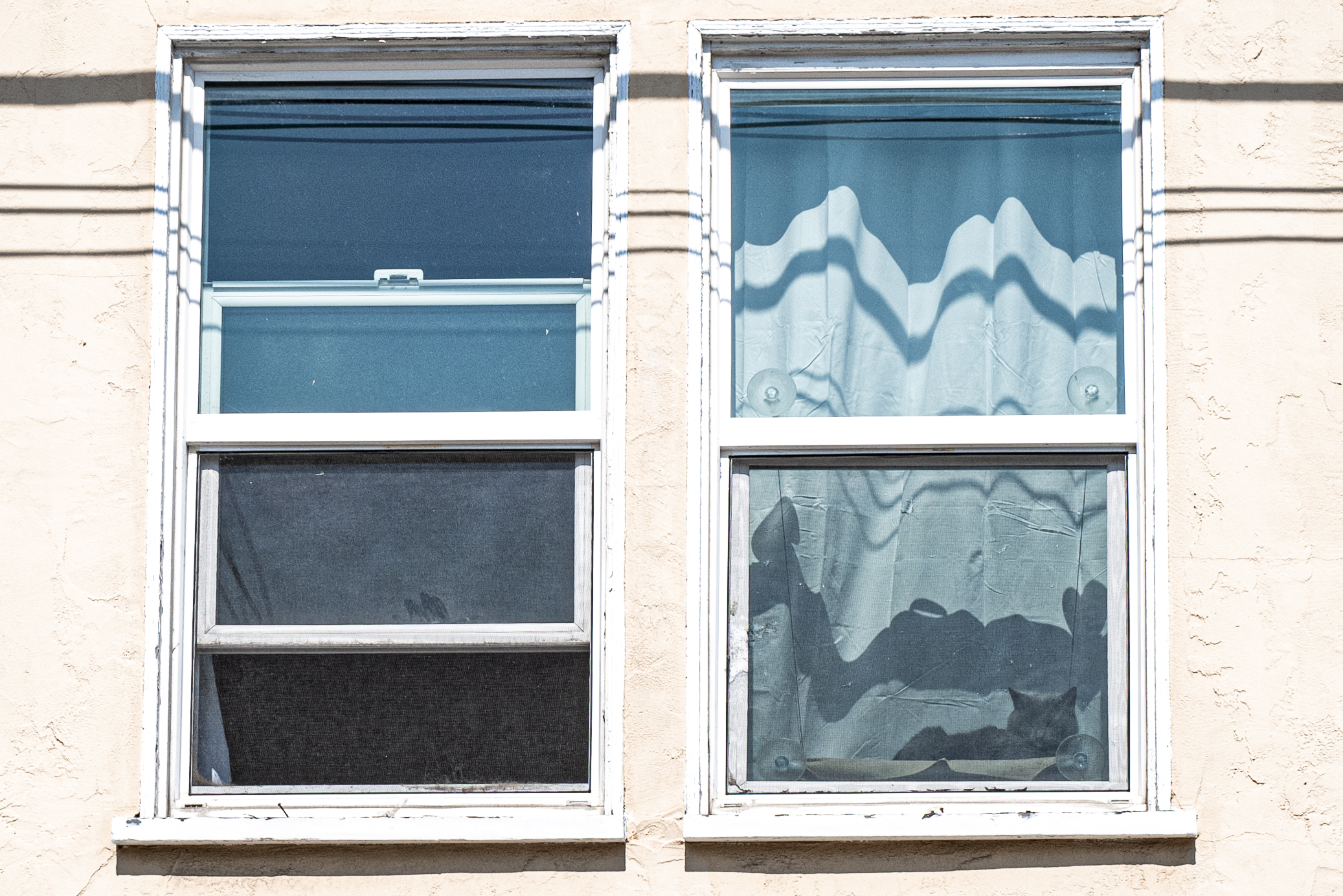
I strongly debated whether or not to include this kitty, who looked onto the alley separating Louisiana and Mississippi between El Cajon and Meade. But lighting was optimal on the grey’s perch and unlikely to ever be better; the Featured Image is about as good as I’ll ever get. And the face is so damn cute, this sweetie could be a stuffed animal. Hence, nickname Plush. You will want to click through and enlarge the photo; sometimes not-so-good portraiture is good enough because the subject is so becoming.
Plush is the series‘ seventieth cat sitting behind door or window. The cropped, and aggressively edited, portrait comes from Leica Q2. Vitals, aperture manually set: f/8, ISO 100, 1/640 sec, 28mm, 9:27 a.m. PDT, June 14, 2021.
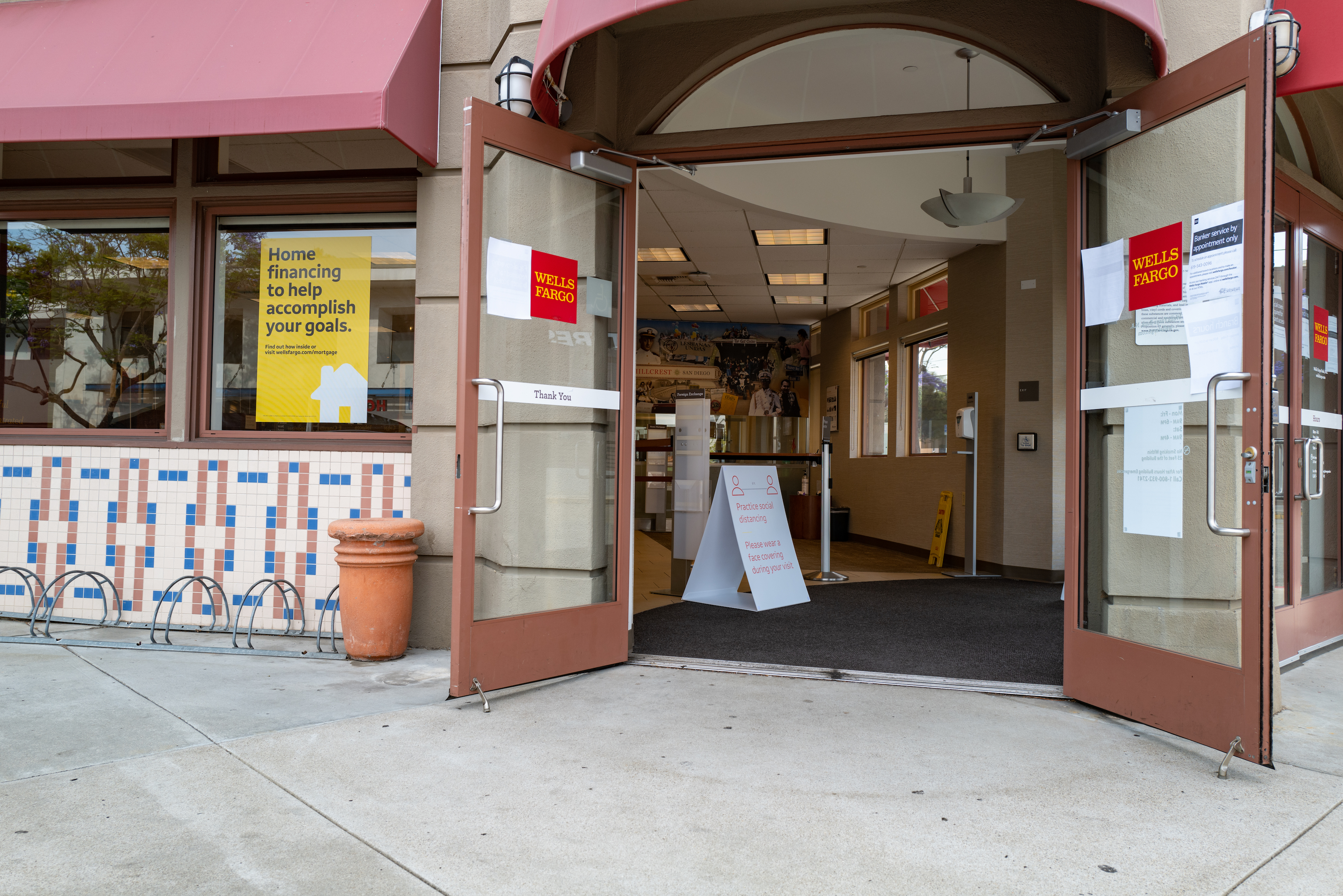
But explain to school kids what’s different, because they have to wonder. While establishments of all types are open at full capacity, the classroom routine is little changed: Students must continue to wear masks—a requirement that baffles the frak out of me. Is it possible reason that most of them have not been vaccinated against SARS-CoV-2 (severe acute respiratory syndrome Coronavirus 2)/COVID-19? For adults, the mask-mandate is only lifted for those people who have had the shot(s). Children are extremely unlikely to be infected, manifest the disease, become seriously sick, or die. So why muzzle them?
According to the Centers for Disease Control and Prevention, children ages 0-4 account for 2.1 percent of U.S. COVID cases; 10.4 percent for 5-17 year-olds. Deaths: Zero percent and 0.1 percent, respectively. Citizens ages 18-49 account for 4.7 percent of total deaths, so teachers are probably pretty safe—especially if vaccinated. So, again, I ask: Why muzzle the kids? This morning, my wife and I passed by Birney Elementary as students arrived; they all wore masks, and parents, too!

For Flag Day: Featured Image from Leica Q2 captured on Sept. 7, 2020 at Madison and North in San Diego’s University Heights neighborhood. Vitals, aperture manually set: f/5.6, ISO 100, 1/1000 sec, 28mm; 9:30 a.m. […]

I read somewhere—and, damn, can’t recollect where—that this beautiful building, and cottage studios below, was early in the last Century a residence for nurses. But I have no source that confirms fact. Apologies for that, although my confidence is high. With so many structures stripped to the studs as part of massive renovations—or, worse, leveled and replaced by tasteless high-rises—this property’s makeover preserves past character. To whomever owns the multi-rental place, huge thanks.
My first real experience with this landmark goes back to Christmas Day 2016, when I met Comet, Herman, Roman, Willow, and their owner; all four animals are profiled in my “Cats of University Heights” series. She had lived in a studio apartment for 19 years, but not for much longer. A few months later, nearly all the cottage residents moved out to make way for contractors, who spent much of 2017 renovating the courtyard buildings.
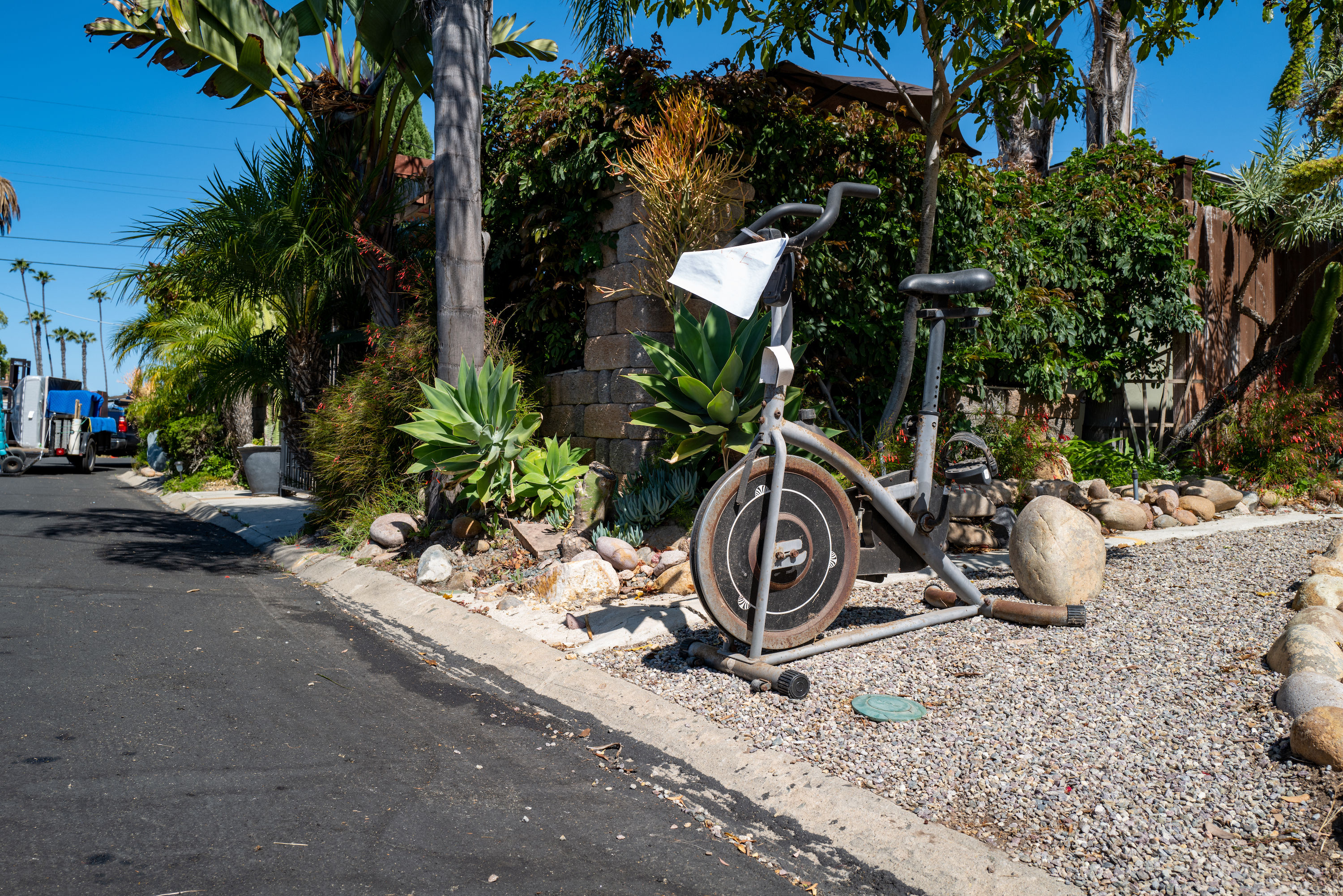
This exercise bike is nowhere nearly as classic as another that I photographed two months ago today. Condition and color mark the difference. One is rustic, the other is rusted. Still, if you need stationary pedal power, free is the right price. Looked like someone was moving out of an apartment, as I walked by this morning—along Carmelina Drive—and the contraption wasn’t fit to take; of course, assuming the thing works, you could get fit taking it to ride.
Location is close to where lived Hope, who appeared in my “Cats of University Heights” series last year. I used Leica Q2 to capture the Featured Image (warning: 34MB file), which is composed as shot. Vitals, aperture manually set: f/8, ISO 100, 1/60 sec, 28mm; 10:06 a.m. PDT.
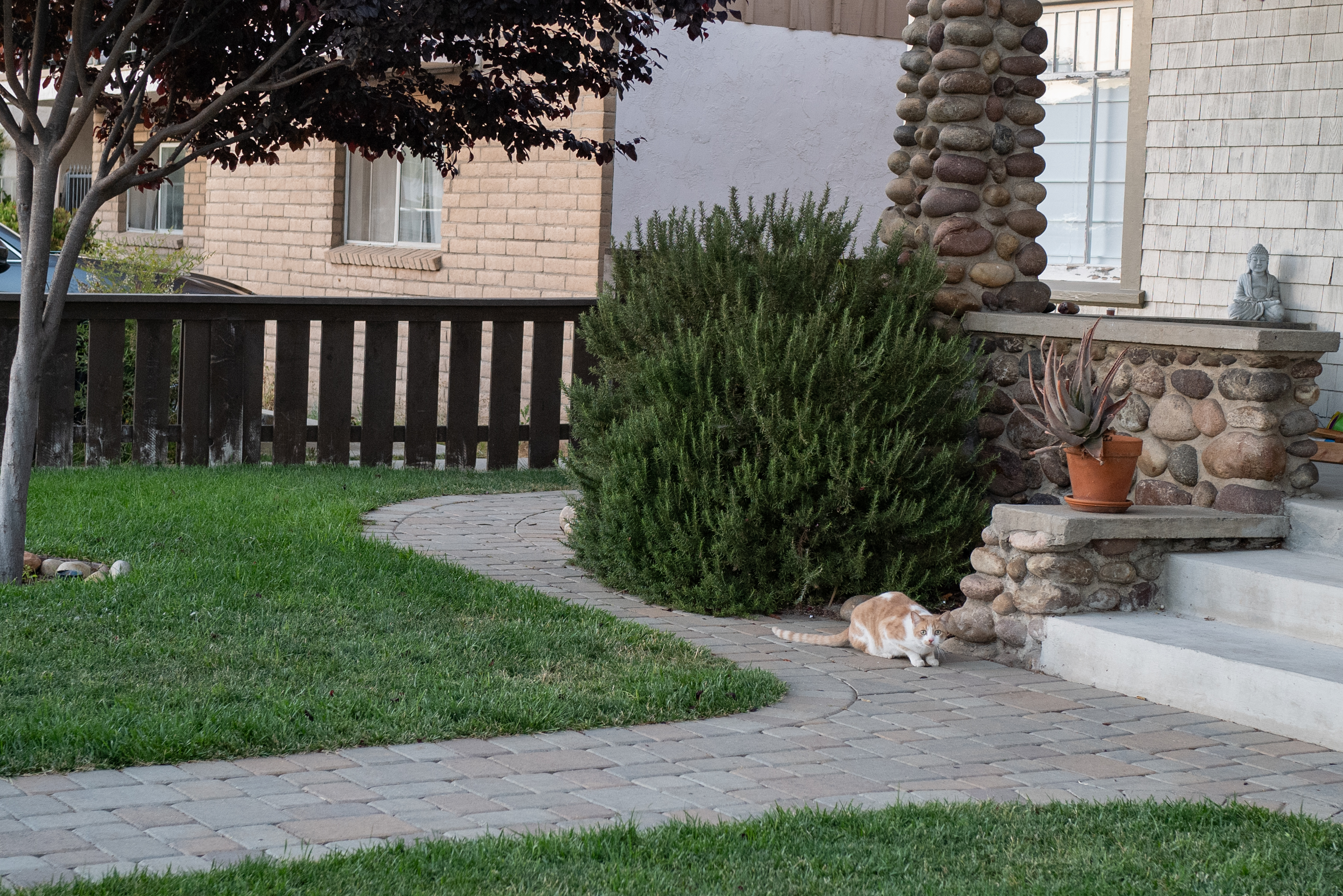
Along several streets on the East side of Park Blvd., a neighbor has posted photo and description of a skinny—observably emaciated—grey female wearing a collar and bell. The person hopes to catch the presumably lost, or abandoned, kitty and take her to the animal shelter or vet for microchip scan that might identify—and possibly help locate—the owner(s).
So, as the sun started sinking below the horizon, I moseyed over for a late-day walk—during what is typically an active time for cats. I passed Reddy sitting in front of his new, self-adopted home on Georgia. Moments earlier, I came upon a tan-and-white shorthair between Meade and Mission. My raising Leica Q2 to shoot put the animal in trepidation stance. The Featured Image is the first of three taken and the only one usable. Vitals, aperture manually set: f/2.8, ISO 500, 1/125 sec, 28mm; 7:47 p.m. PDT.
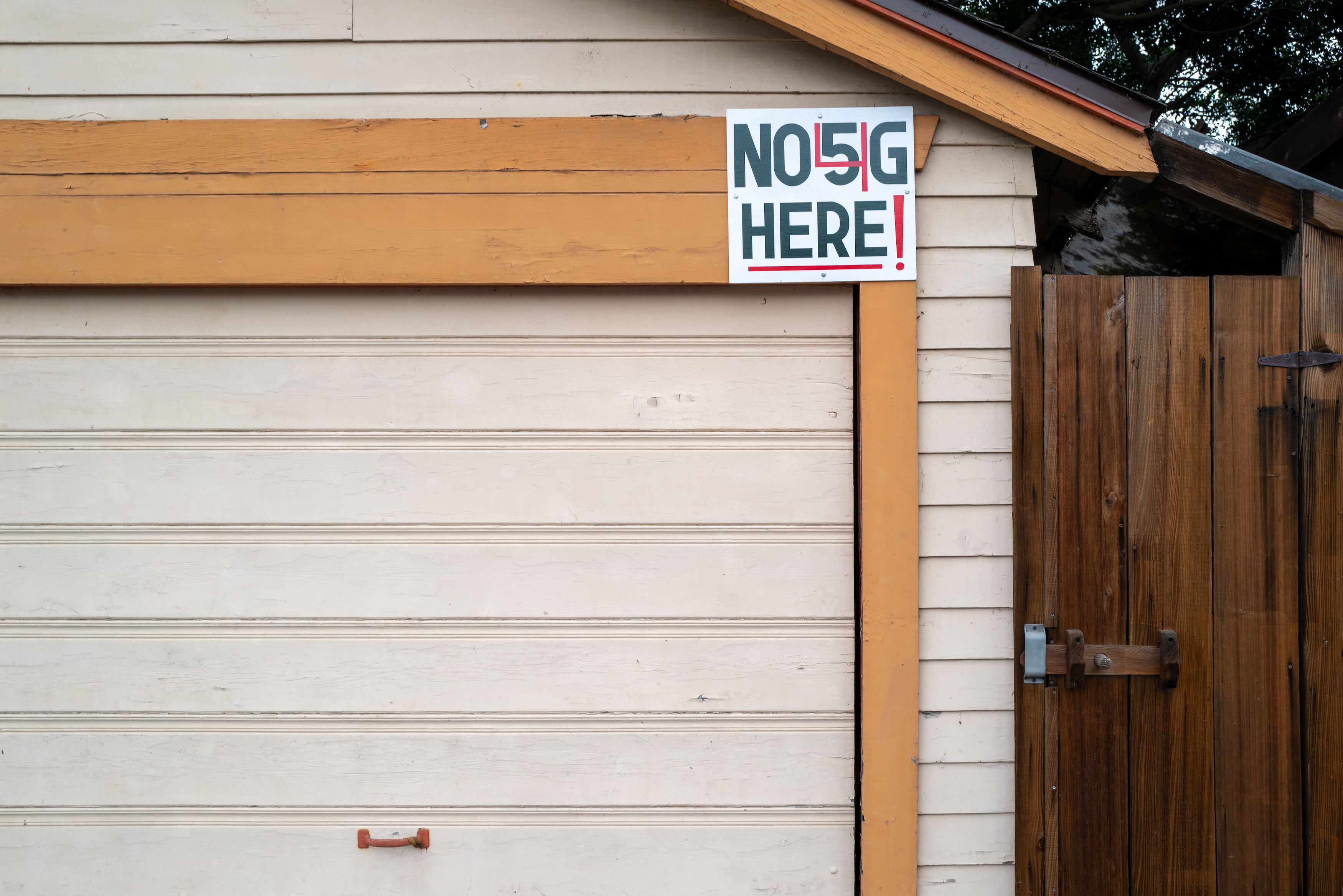
If I rightly recall from past signage, the same neighbor also believes that the U.S. government was behind the Sept. 11, 2001 terrorist attacks. Looking at this simple statement, perhaps he is among conspiracy theorists convinced that SARS-CoV-2 (severe acute respiratory syndrome Coronavirus 2)/COVID-19 vaccines also inject nanites. If I could be so bold to suggest: Should Deep State operatives really want to track you, the 4G or 5G smartphone already carried would be more than sufficient. My question: What makes you (or me) so important that anyone would bother?
We already live in a surveillance society. If not cameras from any other house, it’s Facebook, Google, your Internet Service Provider, or a host of other online entities watching—and creating profiles about you. Because bungling bureaucracy is so certain, I would welcome government snooping over the efficiencies of high-tech money-grubbers committed to turning you (or me) into a profitable commodity. Suddenly, writing this paragraph, I am convincing myself that “No 4G/5G Here”—or any Internet access—has merit. Or maybe it’s time to install the VPN software that I licensed long ago but never activated. 🙂